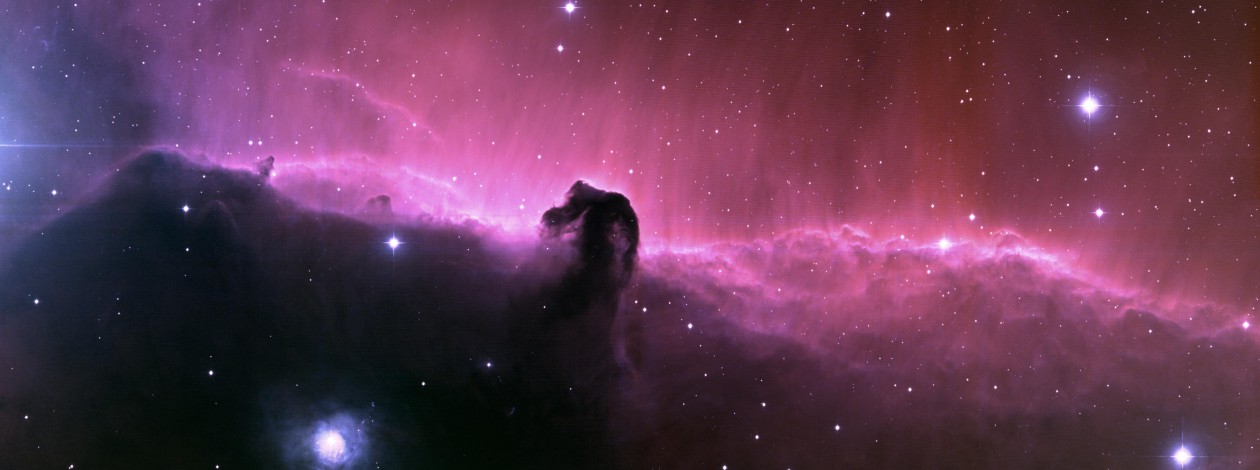
My oh my there is a whole lot going on in this area of the moon. There are two seas, Mare Serenitatis “Sea of Serenity, as well as Mare Imbrium “Sea of Showers” or “Sea of Rains.” A stunningly circular crater Plato. A few other locations such as Anaxagoras, Posidonius, Astoteles, atlas, Herculese, And Endymion. There is a beautiful mountain range that extends for miles along the center of this photo, oddly I couldn’t find a name for the range it’s very prominent looking like a spine reaching from Copernicus to Plato.

I have far too many features than I can make into an article I want ot revisit some of these in the future to give each one a shot Plato was one spot I definitely took interest in. I was not too thrilled with the way the Celestron Neximager 5 performed while zooming in in comparison with the Orion deep space video camera. However I’m going to give it another shot because there was a thin layer of clouds that rolled in and sat on target. This could throw off the ability to get a clear image while zoomed in.
Plato is the lava-filled remains of a lunar impact crater. The flat floor of Plato has a relatively low albedo, making it appear dark. The smooth floor doesn’t posses any large impact craters and doesn’t have a peak in the middle. However there are a few small craterlets scattered across the floor.
Plato has developed a reputation for transient lunar phenomena, including flashes of light, unusual color patterns, and areas of hazy visibility. These anomalies are likely a result of seeing conditions, combined with the effects of different illumination angles of the Sun. Two other places that this happens in Aristarchus and Alphonsus, reportedly. They have so far not been recorded. If this is captured in photos it could make a real contribution to science.
Mare Imbrium was created when lava flooded the giant crater formed when a very large object hit the Moon long ago. Estimates of its age range from 3 billion to 4.5 billion years.[2] Mare Imbrium is the second larges sea on the trailing behind Oceanus Procellarum having a diameter of 1146 km.
Plato:
Diameter: 109KM/ 67.73 Miles – Depth: 1 KM/ 62 Miles
Anaxagoras:
Diameter: 51.9KM/ 32.25 Miles – Depth: 3KM/ 1.864Miles
The rays spread out over 900 kilometers/559.234 miles
Posidonius:
Diameter: 95KM/ 59.03 Miles – Depth: 2.3KM/ 1.43 Miles
Mare Imbrium: “Sea of Showers” or “Sea of Rains”
Diameter: 1146 km (712.09 mi)
Mare Serenitatis: “Sea of Serenity”
Diameter: 674 km (418.804 mi)


